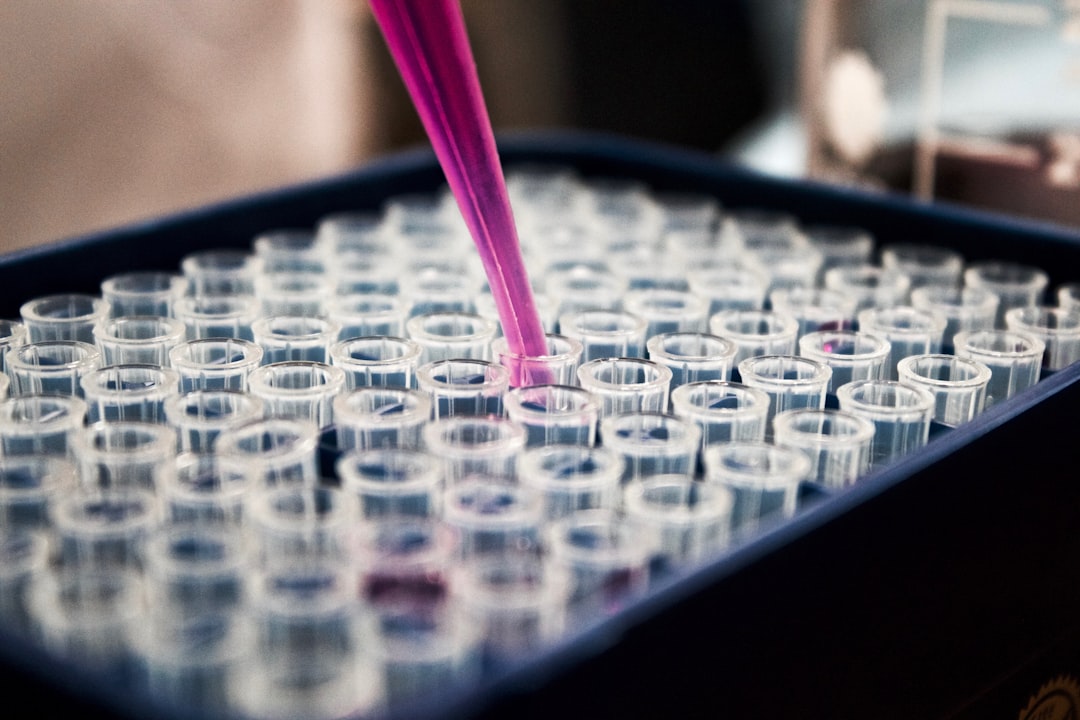
Whether engaged in scientific investigation, medical testing, or chemical analysis, selecting the right type of lab container is key. Distinct vials have their own sealing methods, thermal tolerance attributes, and compatibility with a range of analytical processes. This guide will survey some prevalent lab vial possibilities and how to determine which is most appropriate for your needs. Here’s the link to learn more about the awesome product here.
One of the more elementary and flexible vial types is the screw-top vial. As the designation implies, these vials feature a threaded lid that securely screws onto the opening. Screw-top vials are compatible with a wide assortment of chemicals and solvents. Their sealing mechanism effectively prevents leakage during storage, transportation, and centrifugation. However, screw threads can become damaged over repeated opening and closing. Click here for more helpful tips on this company.
For applications requiring frequent access without risk of cross-contamination, snap-top vials are an excellent choice. Unlike screw-tops, their secure press-fit covers can be swiftly and easily opened and shut. This makes snap-top vials well-suited for high-volume screening in biotechnology and automated sampling systems. However, their seals are not as durable as screw-threaded versions and may leak more easily under pressure. This page has all the info you need.
When analyzing volatile or heat-sensitive compounds, crimp-top vials provide a highly secure seal without risk of degradation. Their aluminum seals are crimped firmly in place, shielding samples during lyophilization, HPLC, and GC-MS without employing adhesives or solvents. However, crimping machines are necessary to open these vials. They also cannot be resealed after opening. See, this website has all the info you need to learn about this amazing product.
The type of vial required will rely on your precise application and analytical technique. For microsampling, autosampler compatibility, or freeze-drying small volumes, consider shell or microsampling vials. When adjusting sample concentration or transferring between containers, dilution vials are convenient. By comprehending the strengths and constraints of each vial type, you can opt for options optimized for your experimental needs, maximizing precision, efficiency and accuracy of analysis. With the right vial, you’ll be prepared to take your research or testing to the next level. You can read more on the subject here! This page has all the info you need.
In summary, deciding on the appropriate lab vial depends on elements like your analytical method, sample type, and experimental needs. By understanding the strengths and limitations of prevalent vial types, you can pick possibilities optimized for precision and efficiency in your work. With the right container, you’ll be prepared to further your research or testing to the next stage. This page has all the info you need.